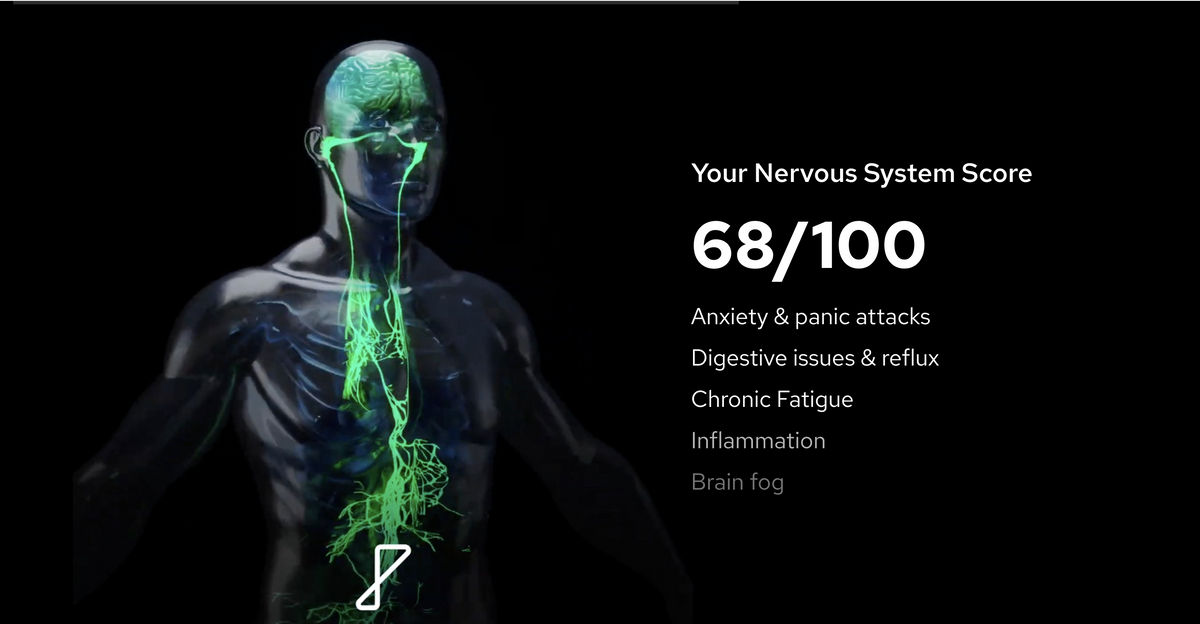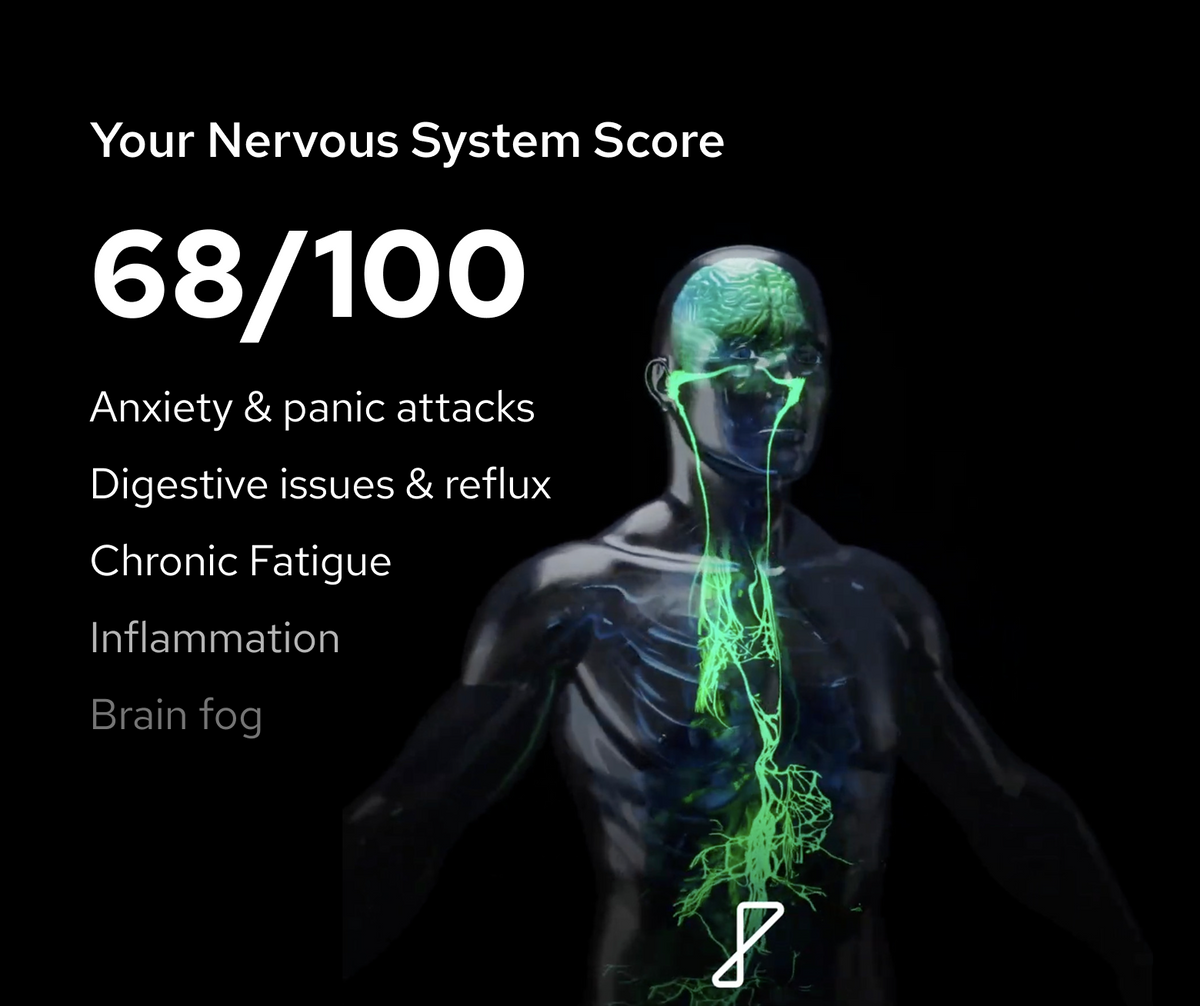Rheumatoid Arthritis: New Therapy Avenues
 |
Dr Elisabetta Burchi, MD, MBA Translational Research Lead at Parasym. Editor: Dr. Greta Dalle Luche, PhD, Head of R&D |
Rheumatoid arthritis: new treatment avenues at the crossroads of psychoneuroimmunology
The coexistence of immune-mediated inflammatory diseases, such as arthritis, with affective disorders, such as depression, has long been recognized, but only recently explained by the possibility of common shared pathophysiological mechanisms.
Rheumatoid arthritis (RA) is the most common type of autoimmune arthritis and one of the most prevalent chronic inflammatory diseases. RA is generally treated with anti-inflammatory therapies, the spearhead of them being the inhibition of tumor necrosis factor (TNF). TNF blockade has historically been achieved pharmacologically and more recently through neuromodulation, sparing patients of serious side effects.
Past and recent developments in the mechanistic understanding and treatment of RA produced advancements in the treatments of other autoimmune or inflammatory diseases, including treatment-resistant depression. RA treatment history provides a relevant example of how new mechanistic paradigms can cross-pollinate different specialties in medicine and, more importantly, make a difference in patients’ care.
Rheumatoid arthritis – clinical picture and diagnosis
Rheumatoid arthritis (RA) falls into the broader category of arthritides which, similarly to arthroses, are rheumatic diseases that affect the joints and are characterized by pain accompanied by stiffness and limitations in the movements of the affected joints.
Important to note that while arthrosis is primarily a degenerative and not inflammatory disease, as its other denomination –“osteoarthritis” – may suggest, arthritides are chronic inflammatory diseases of autoimmune origin that can develop in people of all ages, even in children.
RA likely arises from a combination of stochastic insults and compounding environmental factors occurring in a genetically predisposed individual, that leads to breach of immunological tolerance and (primarily synovial) inflammation.
Similarly to many autoimmune diseases, RA affects at least twice as many women as men, with a global average prevalence of 0,5% that varies considerably in different countries and areas (e.g North American and North European countries have up to twice higher median prevalence rates than South European countries and urban areas have higher prevalence than rural areas) and a peak incidence at the age of 50 years.
Despite being known for affecting joints, RA is a systemic syndrome. RA’s major clinical characteristic is joint swelling, which is reflective of inflammation in the synovial membrane of the affected joints.
Joint swelling can be accompanied by a series of extra-articular manifestations, such as rheumatoid nodules (i.e. firm lumps that appear under the skin and usually occur on overexposed joints that are subject to trauma, such as the finger joints and elbows), pulmonary involvement (e.g. interstitial lung disease), carditis (inflammation of the hearth), vasculitis (inflammation of the blood vessels), accelerated atherosclerosis, and depression.
While no diagnostic criteria exist for RA, the typical patient presents tender and swollen joints in a symmetrical pattern, morning stiffness that improves with movement, and abnormal laboratory tests. Typical biomarkers of RA are rheumatoid factor (an antibody found in about 80% of patients with advanced RA, but in as few as 30% at the early stages of the illness) and antibodies to cyclic citrullinated peptides (found in 60-70% of patients with RA) along with common markers of chronic inflammation such as anemia, elevated C-reactive protein levels or erythrocyte sedimentation rate.
Tumor necrosis factor blockade to treat inflammation: a new era begins
From a mechanistic perspective, the progression of RA is driven by an inflammatory milieu which is regulated by a complex network of cytokines and chemokines.
The key breakthrough in RA treatment came in 1989, when Brennan et al. suggested for the first time that “tumor necrosis factor” (TNF) may be a pivotal cytokine in the pathophysiology of RA.
The discovery of the essential role of TNF in the inflammatory cascade and the fine-tuning of a method for producing monoclonal antibodies opened the way towards a therapeutic revolution in the treatment of RA and, later, of other immune-mediated inflammatory diseases: it was shown that by blocking TNF through infliximab (a drug later commercialized as Remicade®), it’s possible to dramatically decrease the over-expression of a host of other pro-inflammatory cytokines (e.g. IL-1, IL-6, GM-CSF, IFN-γ.).
The discovery of infliximab, then known simply as cA2, confirmed the hypothesis that the inflammation driving RA is mediated by TNF and can be suppressed by its blockade. Infliximab was one of the first mAbs to establish the proof of principle of their use as the highly targeted therapies in immune-mediated inflammatory diseases.
TNF blockade showed high efficiency contrasting RA pathogenesis and clinical facets, including depression – its most frequent comorbid condition. It is known that inflammation can have multi-systemic effects on the human body also encompassing central nervous system (CNS) manifestations and mood disorders (Inflammation – A Double-Edged Sword). More specifically, pro-inflammatory cytokines such as TNF, interleukin (IL)-1, IL-6, and IL-18 have been recognised a role in the development of certain types of pain and depression.
Cytokines and chemokines participate in central sensitization (ie. increased responsiveness of nociceptors in the central nervous system) that results in long-lasting pain and psychological distress, a phenomenon which is not exclusive to chronic, immunologically-induced arthritis, but that has also been documented in gout, and degenerative joint disease.
On the other hand, the association between RA and depression is not unidirectional and depression has been seen to often precede the onset of arthritis. These data support the use of biologic agents ( e.g. anti-TNF antibodies) and, more broadly, of anti-inflammatory approaches in (at least a subgroup of ) treatment-resistant depression.
Current treatment algorithm
Today, treatment algorithms in RA involve measuring disease activity with composite indices. Since inflammation is at the apex of clinical events (i.e. driving damage, functional impairment, and comorbidities), its reversal is the major therapeutic target.
The backbone of the therapeutic regimen is constituted by a category of medications called “disease-modifying antirheumatic drugs” (DMARDs). These comprehend conventional synthetic drugs, such as methotrexate, leflunomide, sulfasalazine, and hydroxychloroquine, and so called targeted DMARDs, which includes monoclonal antibodies against cytokines or receptors expressed on leukocytes (e.g. TNF, IL-6, soluble receptor for TNF, CD20) and inhibitors of Janus tyrosine kinase family.
Through different mechanisms, all DMARDs lead to a decreased leukocyte recruitment in the joint and less synovial inflammation which finally contribute to prevent joint damage in RA patients. While conventional synthetic DAMRDs are generally less specific and with a narrow therapeutic index (a limited dose range at which a medication is effective without unacceptable side effects and adverse events), biologic agents and kinase inhibitors are less accessible due to their relatively high costs.
Non-steroidal anti-inflammatory drugs (NSAIDs), are also used, but they do not prevent the long-term sequelae of RA. Glucocorticoids, on the other hand, can have rapid symptomatic and disease modifying effects, but carry significant long-term side effects, such as cardiovascular disorders, infections, and osteoporosis.
New therapeutic avenues to treat RA and potentially other immune-mediated inflammatory diseases
Although the current prospects for most RA patients are favorable, many still do not respond to the available treatments. Accordingly, new therapies are urgently needed.
Vagal nerve stimulation (VNS) constitutes a very promising avenue. Beyond its capacity to improve vagal tone, VNS displays anti-inflammatory and analgesic properties through a complex loop, called the cholinergic anti-inflammatory pathway (CAP). Activation of the CAP by VNS results in a decrease in inflammatory cytokines, including TNF, driving targeted anti-inflammatory effects. By virtue of this action, VNS has become a new therapeutic avenue in several systemic inflammatory or pain disorders, such as fibromyalgia, inflammatory bowel diseases, and depression.
Having been a precursor in the development of new therapeutic strategies, RA has been the first musculoskeletal disease where VNS has demonstrated proof of concept. Several open-labeled small pilot studies have shown that VNS, either invasive or transcutaneous, is associated with a significant decrease of RA disease activity, clinically measured by meaningful reductions in DAS28-CRP and swollen joints. Importantly, the non-invasive approach was less expensive and much better tolerated, with few adverse events none of which were serious and all of which resolved without intervention.
Subsequently, studies in other autoimmune inflammatory syndromes have shown that VNS devices could limit fatigue in Sjogren's syndrome and systemic lupus, or decrease pain in fibromyalgia as well as in erosive hand osteoarthritis. However, some questions remain, such as the settings of stimulation, the duration of treatment, or the optimal stimulation route.
These studies open the way to larger randomized controlled studies to better decipher the action of the vagus nerve on pain mechanisms and to better determine the dose and the frequency of VNS stimulation in these musculoskeletal conditions as well as potentially other inflammatory and painful diseases.
References:
Smolen JS, Aletaha D, McInnes IB. Rheumatoid arthritis. Lancet. 2016 Oct 22;388(10055):2023-2038. doi: 10.1016/S0140-6736(16)30173-8. Epub 2016 May 3. Erratum in: Lancet. 2016 Oct 22;388(10055):1984. PMID: 27156434.
L. Probert,TNF and its receptors in the CNS: The essential, the desirable and the deleterious effects,Neuroscience, Volume 302, 2015,Pages 2-22,
ISSN 0306-4522,
TNF and its receptors in the CNS: The essential, the desirable and the deleterious effects
Uzzan S, Azab AN. Anti-TNF-α Compounds as a Treatment for Depression. Molecules. 2021 Apr 19;26(8):2368. doi: 10.3390/molecules26082368. PMID: 33921721; PMCID: PMC8073844.
Claudia Monaco, Jagdeep Nanchahal, Peter Taylor, Marc Feldmann, Anti-TNF therapy: past, present and future, International Immunology, Volume 27, Issue 1, January 2015, Pages 55–62, Anti-TNF therapy: past, present and future
Melsheimer R, Geldhof A, Apaolaza I, Schaible T. Remicade® (infliximab): 20 years of contributions to science and medicine. Biologics. 2019 Jul 30;13:139-178. doi: 10.2147/BTT.S207246. PMID: 31440029; PMCID: PMC6679695.
Hein, T.R., Peterson, L., Bartikoski, B.J. et al. The effect of disease-modifying anti-rheumatic drugs on skeletal muscle mass in rheumatoid arthritis patients: a systematic review with meta-analysis. Arthritis Res Ther 24, 171 (2022). The effect of disease-modifying anti-rheumatic drugs on skeletal muscle mass in rheumatoid arthritis patients: a systematic review with meta-analysis
Nerurkar L, Siebert S, McInnes IB, Cavanagh J. Rheumatoid arthritis and depression: an inflammatory perspective. Lancet Psychiatry. 2019 Feb;6(2):164-173. doi: 10.1016/S2215-0366(18)30255-4. Epub 2018 Oct 23. PMID: 30366684.
Harth M, Nielson WR. Pain and affective distress in arthritis: relationship to immunity and inflammation. Expert Rev Clin Immunol. 2019 May;15(5):541-552. doi: 10.1080/1744666X.2019.1573675. Epub 2019 Feb 11. PMID: 30669892.
Courties A, Berenbaum F, Sellam J. Vagus nerve stimulation in musculoskeletal diseases. Joint Bone Spine. 2021 May;88(3):105149. doi: 10.1016/j.jbspin.2021.105149. Epub 2021 Feb 3. PMID: 33548494.



